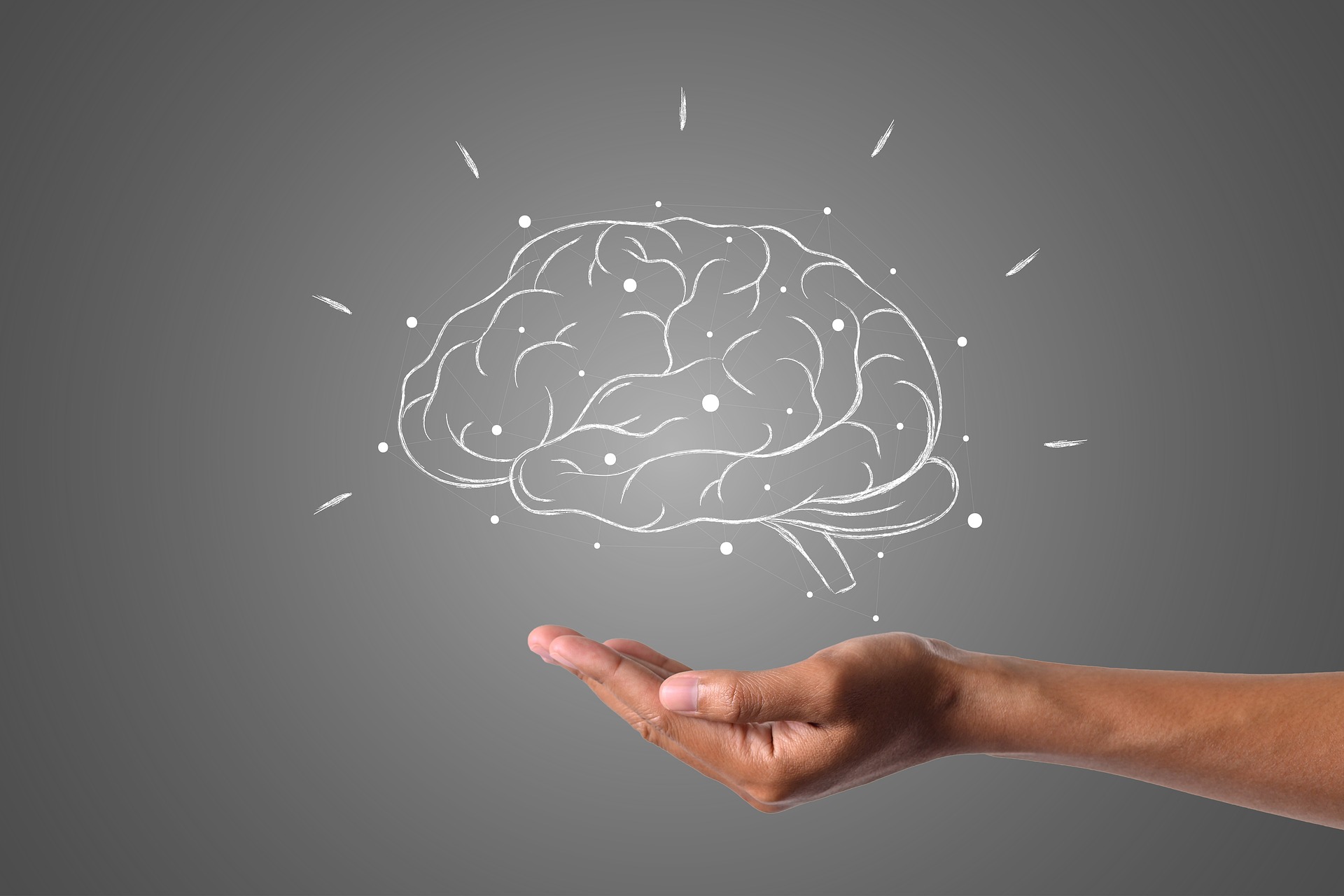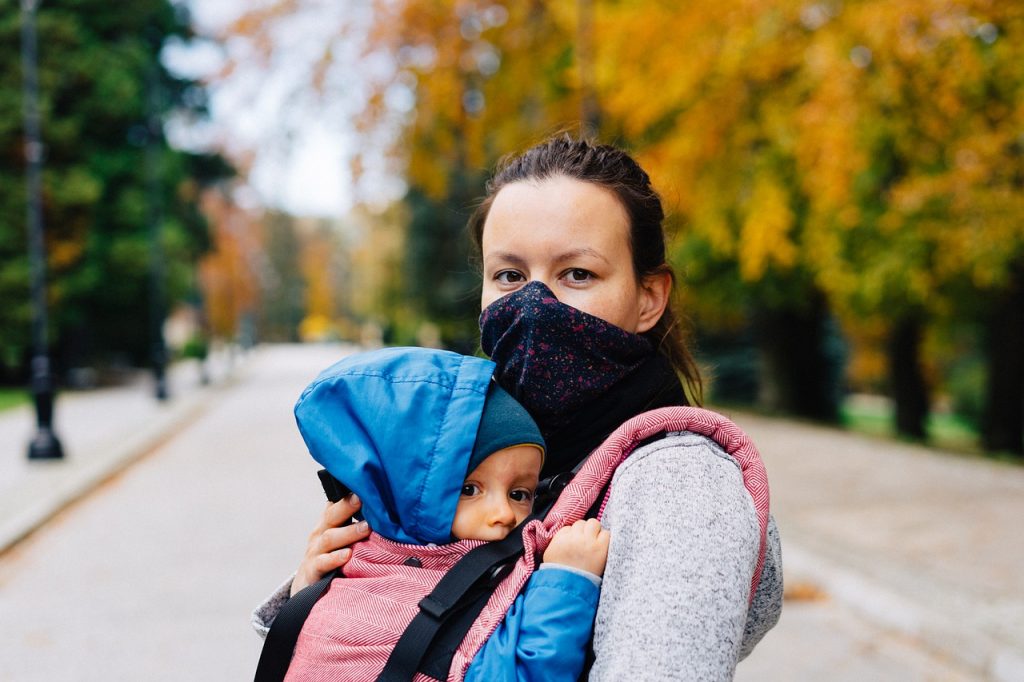Working with animals that suffer from high levels of anxiety and fear is heartbreaking. They are suffering in a very real way and, as much as we want to help them, dramatic progress is often difficult. There are many possible causes of intense fear and anxiety, but in this blog post I’m going to focus on just one: trauma. Trauma is commonly defined as experiencing or witnessing events that are extremely distressing and/or life threatening. I want to make two important points about trauma. First, not all individuals who experience traumatic events go on to have long lasting negative impacts. Second, not all individuals who show intense anxiety fear and related symptoms have experienced trauma. Also, we are often working with animals with an unknown history and we have no real way to determine if they have experienced trauma or not. Chronic stress has similar impacts. Therefore, much of this information applies to both trauma and chronic stress (both are types of toxic stress).
As many people know the amygdala plays a very important role in fear. If the amygdala is not working properly the animal does not experience fear. On the other hand, in conditions of trauma and chronic stress, the amygdala shows increased activity. The amygdala also triggers passive defense behaviors such as freezing. The amygdala is also involved in this emotional enhancement of memory; people and other animals seem to encode emotional memories more strongly than non-emotional memories.

Finally, some researchers have very recently proposed that the current model of the amygdala being all about fear may be too simplistic. It’s possible that the amygdala also plays a role in threat detection and decision-making related to threat. For example, the amygdala may help the animal make decisions about approaching or avoiding a potential threat. This new information reminds us that we still have a lot to learn about the brain and its impact on behavior.
The data that we have on the impact of trauma and toxic stress on the amygdala suggests several impacts on behavior. First, we would expect that animals with a history of chronic stress and/or trauma would be more susceptible to the development of fear. Treatment of that fear should also be more challenging. This is due to the increased activity in the amygdala. And, in fact, both statements turn out to be true. We could also predict that animals exposed to trauma and chronic stress would show higher levels of vigilance. This is definitely true in many animals with a history of trauma. To my knowledge, it has not been studied in relation to chronic stress. However, it’s something that’s worth paying attention to if you’re working with dogs that you believe to be under chronic stress.

The hippocampus is another brain area impacted by trauma and chronic stress. In this case chronic stress and trauma cause damage to the hippocampus. Most people know that the hippocampus plays an important role in memory. The hippocampus is important for episodic and context memory. Episodic memory refers to those autobiographical story-like memories that we have about past events in our lives. Context memory refers to memories that are linked to a specific location. Although there have been a few studies suggesting that nonhuman animals (including dogs) form episodic memories, this subject is still debated among scientists. More research will be needed before we have a clear picture of episodic memory in other animals. However, we have very clear, very strong evidence of context memory in animals.
Context memory is very important. It allows an animal to compartmentalize fear of a particular stimulus to the context where that stimulus is most likely to occur. For example, if people only do scary things to a dog at the vet clinic, the dog may become afraid of people at the vet clinic but not in other contexts. However, if the hippocampus is damaged, animals may not be able to distinguish between different contexts. Instead, they may generalize fear of a particular stimulus—in this case humans—to other contexts as well. Eventually, the dog becomes unable to distinguish between safe and unsafe places. All, or most, locations start to feel threatening. You can imagine that this would be extremely distressing and lead to generalized anxiety and stress!
Finally, the hippocampus plays an important role in fear extinction. When the hippocampus is damaged, extinction does not occur or is impaired. That means that counterconditioning with an animal with a history of trauma and/or chronic stress may not be very effective. (If you are wondering how counterconditioning relates to extinction read my blog post on that topic here.)
The other brain area that is frequently damaged by trauma and toxic stress is the prefrontal cortex. The prefrontal cortex is involved in the regulation of several other brain areas, including the hippocampus and the amygdala. The prefrontal cortex plays an important role in the self-regulation of emotions. For example, it helps to inhibit amygdala activity and, therefore, inhibit fear and freezing. The prefrontal cortex also plays a role in inhibiting memories. This is important because that is what happens with extinction. New extinction learning inhibits previous fear memories—in part with help from the prefrontal cortex. When the prefrontal cortex is damaged, it’s more difficult for the brain to inhibit those fear memories. As a result, fear becomes more persistent. The prefrontal cortex is also important for executive function processes including cognitive flexibility.
Why do we care about cognitive flexibility? Increased cognitive flexibility also leads to increased behavioral flexibility. Flexibility is very important for coping with stress. Let’s look at this using a human example. When COVID hit, our whole world changed. In order to adjust successfully to these changes, we had to adjust our ways of interacting with the world and the people around us. Even activities as simple as cooking a meal or going to the bathroom became new challenges due to food and supply shortages.
These adjustments required flexibility. First, we had to be able to imagine alternative solutions to previously solved challenges. This required cognitive flexibility. Next, we had to effectively implement those solutions. This required behavioral flexibility. Then, when things changed all over again or our initial solutions were not effective, we had to be flexible yet again! People who were more flexible were better able to cope with these stressors.
Note that I am not saying that people who did not cope well were at fault because they just needed to be more flexible. How effective an individual is at stress coping depends on many factors including access to resources, previous learning, current environment, and social support. And their history of chronic stress or trauma. The same is true for our animals. Imagine a dog born to a mother who ends up in a shelter. That shelter has no room to properly care for the dog, so she and her puppies are transferred to another rescue in another state. The dogs are adopted to homes in yet another geographic location. Mom and puppies go from their original home to a shelter to a rescue group to a new home, all of which are different. Imagine the amount of flexibility that is required to successfully cope with these kinds of changes! This is a dramatic (though common) example, but there are many other more mundane daily occurrences that also require the flexible adjustment of thinking and behavior. That is why flexibility is so important.
When the prefrontal cortex is damaged animals are less capable of coping with stress and change. That means they are more likely to experience strong emotions. However, due to the damage to the prefrontal cortex, they are also poorly equipped to regulate those emotions. Damage to the prefrontal cortex can also decrease impulse control. In addition, stress makes animals more sensitive to reinforcement such that they are more motivated to seek out any form of reinforcement. This motivation then produces a strong driver on behavior that needs to be countered by impulse control. But if impulse control is impaired due to a damaged hippocampus, the animal will still experience strong impulses to engage in reinforcing behaviors, but with limited brain capacity to control those impulses.
It should be clear by now that both trauma and chronic stress have profound impacts on the brain and the animal’s behavior and their ability to cope with stress. I realize that I am painting a dark picture here and I never like to bring people down. At the same time, I believe that the absolute best thing we can do if we want to help animals to the best of our abilities is to learn the science behind the behavior. Understanding this research and the links between trauma and chronic stress is what drove me to stop taking on private training clients and move to teaching behavior science, because I believe increasing access to this information is so important. Once we know how much damage trauma and stress inflict upon our animals, we can be more proactive about preventing and addressing these impacts. My Unlocking Resiliency course starting in March will explore these topics in great detail. You can register or get more information on the course here.
If you want to do more reading now about this topic, check out these other blog posts:



